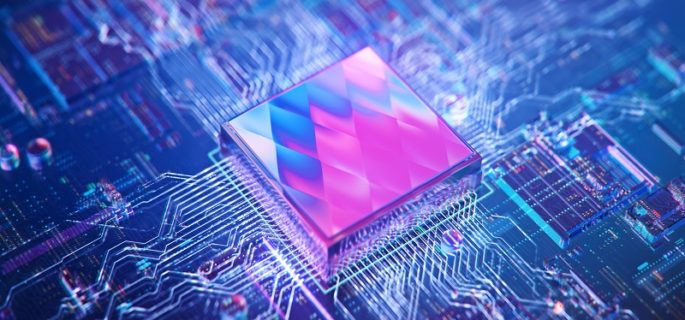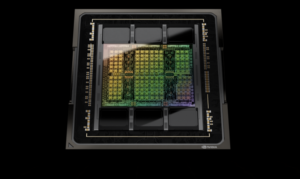Mining Companies Consider Repurposing Idle GPUs to HPC and AI Markets

Crypto companies that loaded up on GPUs in data centers for coin mining are now investigating whether to sell or repurpose the idle hardware to the exploding artificial intelligence market.
Hive Blockchain, which has 38,000 Nvidia GPUs, is repurposing the hardware for high-performance computing and artificial intelligence applications. The company started rethinking about what to do with its GPUs — which are still used to mine Bitcoin and Ethereum — after the crypto market crashed.
Crypto companies are realizing that GPUs could generate more money running AI or cloud operations. Hive ran a pilot program where it dedicated its GPUs to AI and high-performance computing, which was a success.
“We have much to accomplish to utilize our full fleet of GPU cards, however we are very pleased that our beta project with only approximately 500 GPU cards generated $230,000 revenue this quarter,” said Frank Holmes, the company’s executive chairman, in a filing within the last month.
Cryptocurrency mining companies are operating in a volatile market as Bitcoin prices crashed in late 2021. Hive noted that Bitcoin prices averaged 49% lower than last year.
The crash in coin prices coincided with software changes that reduced the reliance on GPUs for mining.
Mining companies especially felt a lot of pressure after Ethereum’s software switch from the older proof-of-work system to the proof-of-stake model. The newer system — which was implemented to reduce the energy consumed by data centers – did not require the fastest chip to earn Ethereum, which cut the reliance on GPUs to mine coins.
But the general-purpose nature of GPUs has remained an asset for Hive. The demand for GPUs is soaring with artificial intelligence, and Nvidia’s latest GPUs are in short supply. Hive has older Nvidia GPUs, which are also in demand for AI inference.
The crypto market’s volatility is also forcing Sysorex, a government services company, to reconsider what to do with its 12,000 GPUs. The company’s subsidiary, TTM, which focused on cryptocurrencies, left the mining business after Ethereum switched its software model.
As a result, Sysorex does not know what to do with its valuable stash of GPUs. The cryptocurrency business model is broken, and repurposing GPUs for other applications was not feasible as it would require additional upfront data center investments, Sysorex said in a June 30 filing with the U.S. Securities and Exchange Commission.
“TTM Digital is currently exploring alternative uses and sales opportunities for its Graphics Processing Units (“GPU”) assets and datacenter located in Lockport, NY,” Sysorex wrote.
Miners were previously a headache for Nvidia and AMD. The companies saw unexpected revenue jumps and declines from GPU sales to crypto miners, which made projections difficult. Miners also paid premiums and gobbled up the limited GPU supplies during chip shortages.
The chip makers ultimately made changes to ensure GPUs went to the core audience of gamers and were unattractive to miners. in addition, Intel discontinued its Bitcoin ASIC called BlockScale earlier this year.
The shortage of GPUs and over-reliance on Nvidia GPUs for AI computing is also forcing customers to source alternative chips from other chip makers. Intel and AMD have introduced GPUs for AI, but are currently not shipping the chips in large volumes.
AI is trending in the direction of large-language models like OpenAI’s ChatGPT and Microsoft’s BingGPT, which require large GPU laden clusters. But, open-source developers and companies such as MosaicML have also been introducing open-source models that can also run locally on laptops and desktops for Inference computing (i.e running models that were trained on GPU clusters on new data). Intel also has included AI accelerators in its new CPUs that provides inference processing.
This article first appeared on HPCwire.











